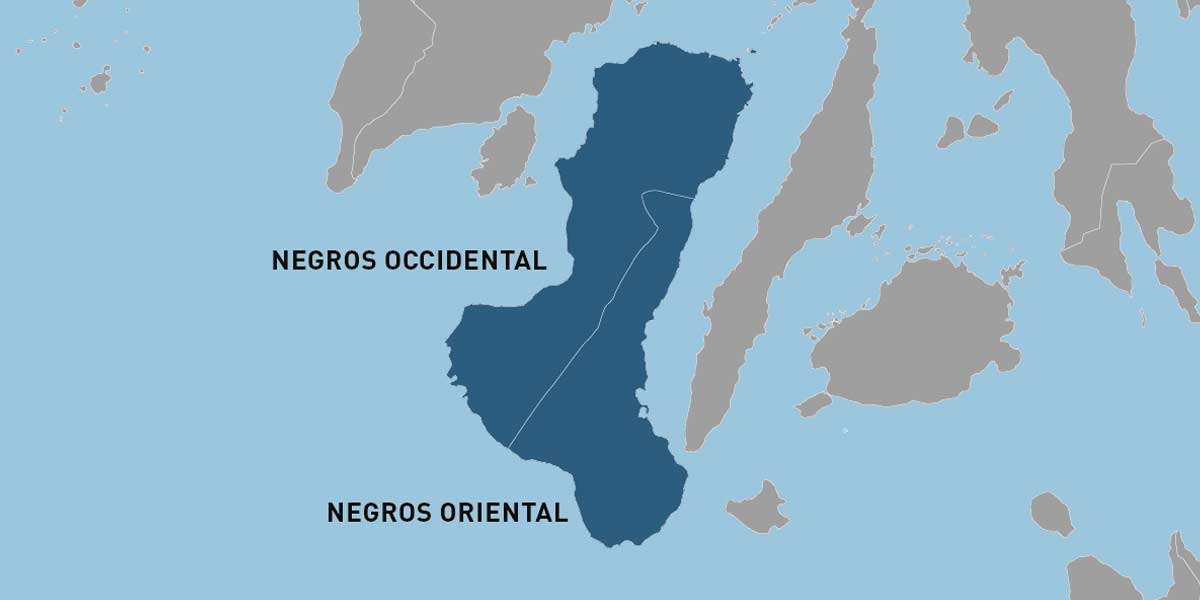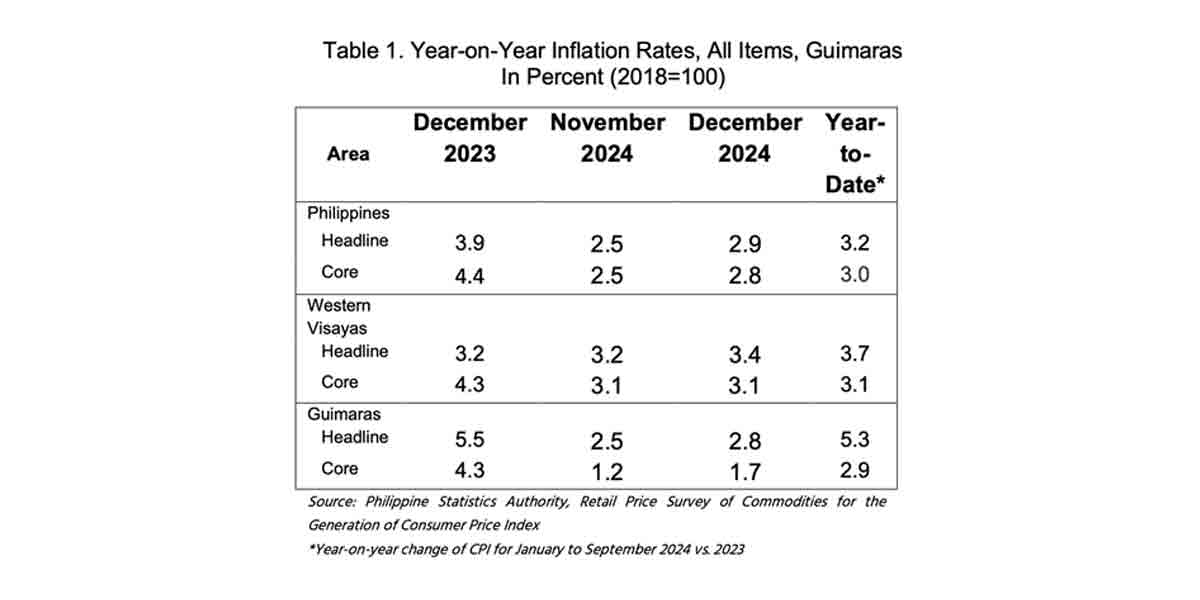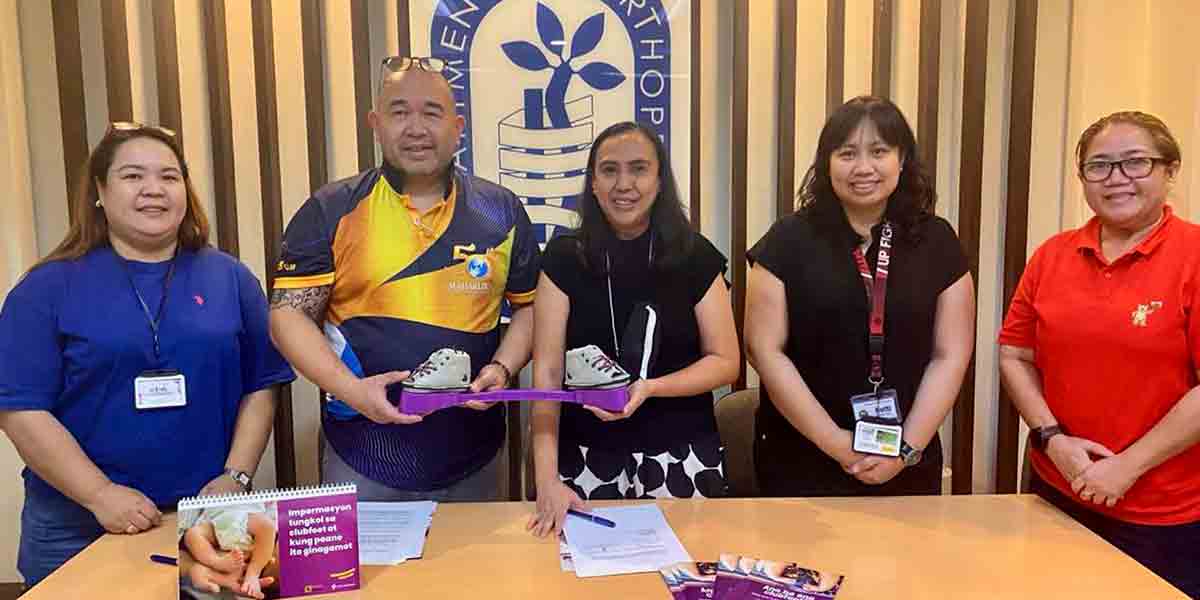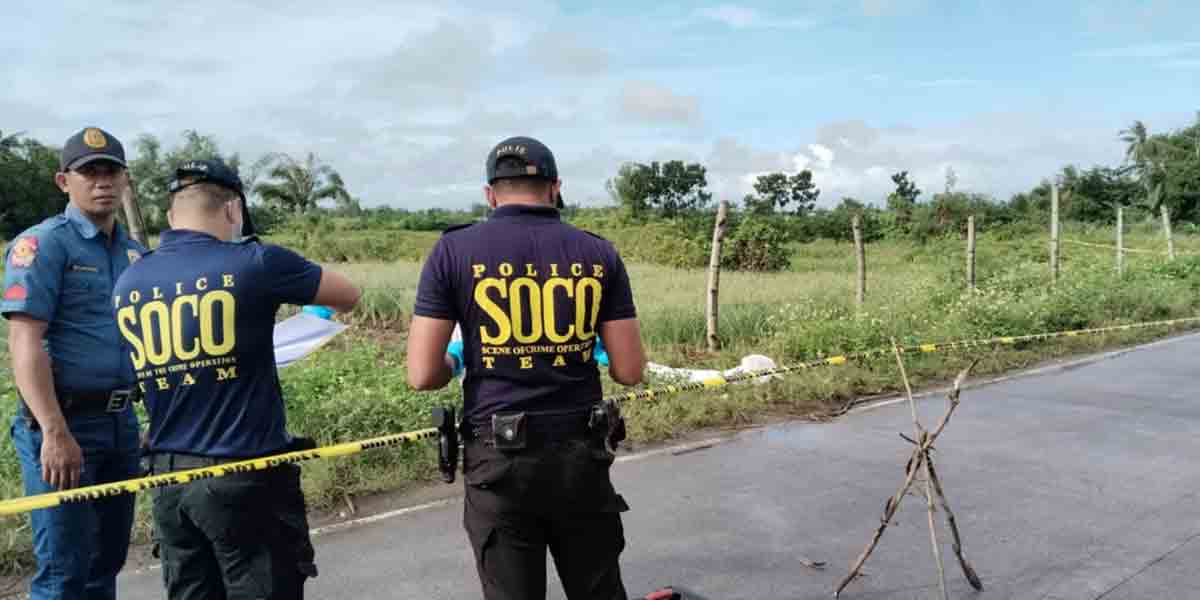
Clubfoot, a disability that affects more than 4,000 Filipino infants born daily, can be treated especially if done early, according to the Philippine NGO Council on Population, Health and Welfare (PNGOC), the lead agency implementing the Philippine National Clubfoot Program.
Through the support of MiracleFeet, a US-based foundation, the PNGOC supports 29 partner clinics and hospitals all over the country to treat clubfoot for free. The organization said children with clubfoot mostly come from under-resourced families and some are born with other illnesses other than clubfoot.
Chi Laigo-Vallido, executive director of PNGOC, enjoins Filipinos to be aware of this condition among children and to support the program. “We urge everyone to contact us and bring the children with clubfoot so that families will know that there is hope for treatment for their children,” she said.
Clubfoot, also known in Filipino as “kapingkawan sa paa,” is a lower limb deformity where one foot or both feet are turned inwards. It is one of the most common congenital birth defects that can progress to a severe deformity, causing lifelong impairment.
If left untreated, a person with clubfoot will be unable to wear normal footwear and experience restricted movements, not to mention discrimination and the inability to access education and employment that further impacts the individual’s capacity for a better quality of life.
Vallido said only 15% of children with clubfoot get treated due to lack of information and fear of medical costs, but more than 90% of cases can be corrected if treated on time through a series of clinical processes.
On average, 4,177 infants with clubfoot are born daily in the Philippines, which translates to 174 babies born per hour or approximately three babies born per minute, or 5 to 6 babies born with clubfoot every day in the country.
“Treatment of clubfoot is time-sensitive, so early diagnosis is advisable so that the doctor can start the procedure that entails weekly casting,” said Vallido. “With continuous treatment without relapse, along with care and support, a child with clubfoot can be able to walk normally.”
Vallido said casting procedures for clubfoot treatment can be charged to Philhealth once every three months. While clubfoot is mentioned in the health insurer’s benefit package, the provision is only for “assistive-devices” such as wheelchairs and other seating devices. In the case of children with clubfoot, multiple castings are required and may happen weekly.
She said without the support of the hospitals and MiracleFeet, treatment can cost between P300,000 to P500,000. The specialized shoes alone without the braces cost between P3,000 to P5,000 a pair and requires more than one pair as the child grows.
Vallido also called attention to children’s health and nutrition, especially children of poor families who may have debilitating disorders such as clubfoot that can impact on their growth and development.
UNICEF Philippines said Filipino children are among the most undernourished in Southeast Asia, as every day, 95 children in the Philippines die from malnutrition.
The PNGOC, an umbrella organization of NGOs across the country, has been working on health and development issues since 1987. The organization enjoins Filipinos to heighten their awareness of clubfoot and to support the program by helping children with clubfoot, so that they can be treated and be able to walk.





















